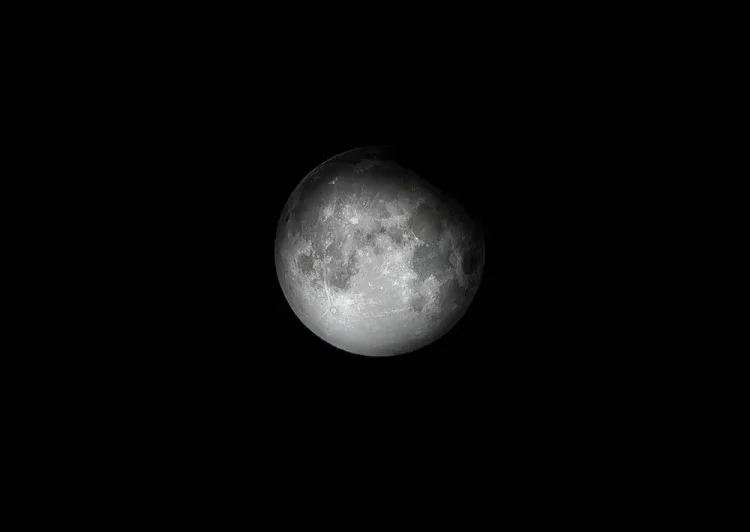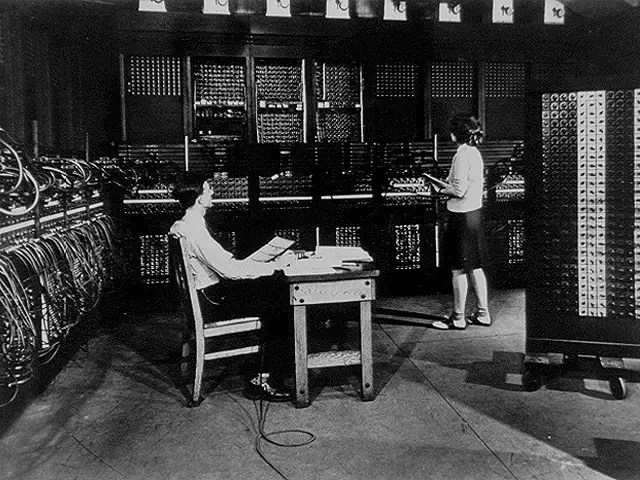In a significant development for space exploration, the White House has issued a memorandum urging NASA to establish a new time standard for the Moon by the year 2026.
The proposed Coordinated Lunar Time (CLT) would serve as the official timekeeping reference for future lunar missions, facilitating coordination and synchronization among various space agencies and missions. With planned or completed lunar missions by major spacefaring nations including the United States, China, Japan, India, and Russia, the need for a standardized time system on the Moon has become increasingly apparent.
The initiative aims to address the unique challenges posed by lunar exploration, including the Moon’s weaker gravity, which results in time moving slightly faster compared to Earth. Establishing CLT would ensure accurate timekeeping for activities such as spacecraft operations, navigation, and scientific research on the lunar surface.
Kevin Coggins, head of space communications and navigation at NASA, highlighted the importance of this endeavor, emphasizing that the adoption of CLT would enable precise time synchronization across lunar missions. This synchronization is crucial for mission success, as it ensures efficient coordination of activities and enhances overall mission safety and effectiveness.
While NASA takes the lead in implementing CLT, the European Space Agency (ESA) is also actively pursuing efforts to establish a time zone beyond Earth, reflecting the global collaborative spirit in space exploration.
As humanity sets its sights on returning to the Moon and embarking on ambitious lunar exploration missions, the establishment of a standardized lunar time standard marks a significant step forward in our journey to unlock the mysteries of the cosmos.









